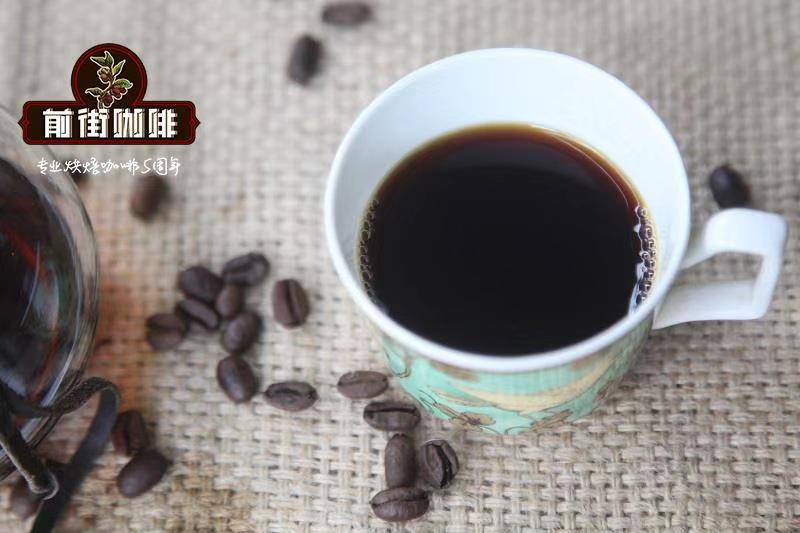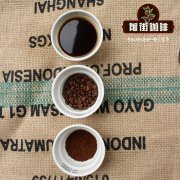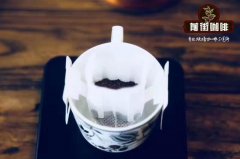Do you know what cappuccino coffee means? cappuccino coffee practice tutorial

Professional coffee knowledge exchange more coffee bean information please follow the coffee workshop (Wechat official account cafe_style)
Cappuccino is an Italian coffee mixed with the same amount of Italian espresso and steamed milk. The color of the coffee is like a cappuccino monk covering a dark brown coat with a headscarf, hence the name caffeine. The traditional cappuccino is 1/3 espresso, 1/3 steamed milk and 1/3 foamed milk, and sprinkled with small particles of cinnamon powder.
Cappuccino coffee tastes good, but the origin of its name is more knowledgeable, and it has always been the best theme for the study of character changes in Europe and the United States. The history of the word Cappuccino is enough to show that a word is often extended to other meanings because it looks like something, far beyond the original intention of the creator. It sounds complicated. Founded after 1525, the monks of the St. Franciscan Church (Capuchin) were all dressed in brown robes and pointed hats. When the St. Franciscan Church spread to Italy, the locals thought the monks' clothes were very special, so they gave them the name Cappuccino. The Italian word refers to the loose robes and small pointed hats worn by monks, derived from the Italian word "headscarf" or Cappuccino.
However, the old man loved coffee and found that when espresso, milk and foam were mixed, the color was like the dark brown robe worn by monks, so he came up with a drink with coffee and sharp bubbles, which was named Cappuccino. The word was first used in English in 1948, when a report in San Francisco first introduced cappuccino beverages. It was not until 1990 that it became a familiar coffee drink. It should be possible to say that the word Cappuccino coffee comes from the St. Franciscan Church (Capuchin) and the Italian headscarf (Cappucio). It is believed that the original word makers of Cappuccino never dreamed that the monks' robes would eventually become the name of a coffee drink.
Cappuccino coffee is a variation of Italian coffee, that is, strong coffee is poured with steamed milk, and the color of the coffee is like the headscarf on the dark brown coat of cappuccino monks, hence the name caffeine.
Cappuccino is also related to the name of a monkey. There is a small monkey in Africa with a black cone-shaped hair on its head, much like a pointed hat on a Franciscan robe, hence the name Capuchin, which was first used by the British in 1785.
The word Capuchin has evolved into coffee drink names and monkey names hundreds of years later, which has always been an interesting story for literati.
Practice
Cappuccino coffee
[raw material] Italian coffee beans (usually deep-roasted mixed coffee beans) fresh milk, about 150cc
[method] extract a standard espresso (espresso) 60cc into a cappuccino cup (standard cappuccino is 180cc), whisk and heat the frozen fresh milk to 60 ℃ (±5 ℃), fully blend the foam and milk to a relatively homogeneous state.
Pour the milk foam and milk into the espresso. Usually except for espresso, the volume ratio of milk to foam is about 1:1
Cappuccino iced coffee
[practice]
Refrigerate the glass and spare the glass. Add ice cubes, espresso, sugar water and milk after cooling. Stir well (about 3x4 height of the cup).
Fill the rest with cold milk foam.
The capacity of the cup varies from 350~500cc. If the cup volume is large, you can use Crastandouble espresso as the base to avoid the coffee taste is too light.
END
Important Notice :
前街咖啡 FrontStreet Coffee has moved to new addredd:
FrontStreet Coffee Address: 315,Donghua East Road,GuangZhou
Tel:020 38364473
- Prev

Can cappuccino Yunnan small coffee be made? | how to make Yunnan small coffee latte?
Professional coffee knowledge exchange more coffee bean information please follow the coffee workshop (Wechat official account cafe_style) Yunnan as a major agricultural province in China, there are a lot of local specialties (www.yntcb.com) Yunnan small specialties on the land is countless. What I want to introduce to you today is coffee, a specialty product that has nothing to do with Yunnan at first glance. The Origin of Yunnan small Coffee
- Next

Do you know what Blue Mountain Coffee is? what are the taste characteristics of real Blue Mountain Coffee?
Professional Coffee knowledge Exchange more information on coffee beans Please follow the coffee workshop (Wechat official account cafe_style) Blue Mountain Coffee, which refers to coffee made from beans from the Blue Mountains of Jamaica. According to the grade, it is divided into Jamaica Blue Mountain Coffee and Jamaican Alpine Coffee. The Blue Mountains are located in the east of the island of Jamaica because it is surrounded by the Caribbean Sea.
Related
- Beginners will see the "Coffee pull flower" guide!
- What is the difference between ice blog purified milk and ordinary milk coffee?
- Why is the Philippines the largest producer of crops in Liberia?
- For coffee extraction, should the fine powder be retained?
- How does extracted espresso fill pressed powder? How much strength does it take to press the powder?
- How to make jasmine cold extract coffee? Is the jasmine + latte good?
- Will this little toy really make the coffee taste better? How does Lily Drip affect coffee extraction?
- Will the action of slapping the filter cup also affect coffee extraction?
- What's the difference between powder-to-water ratio and powder-to-liquid ratio?
- What is the Ethiopian local species? What does it have to do with Heirloom native species?

